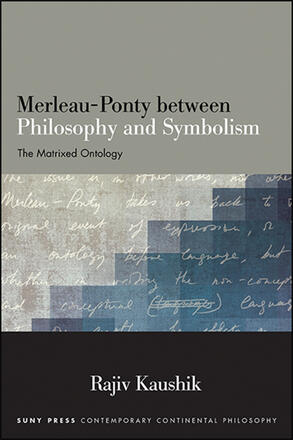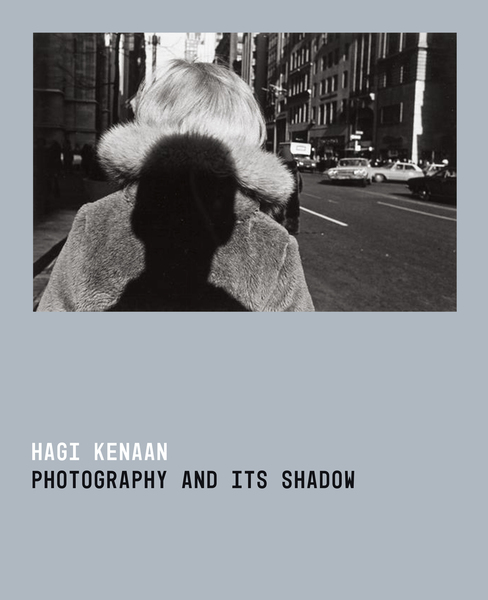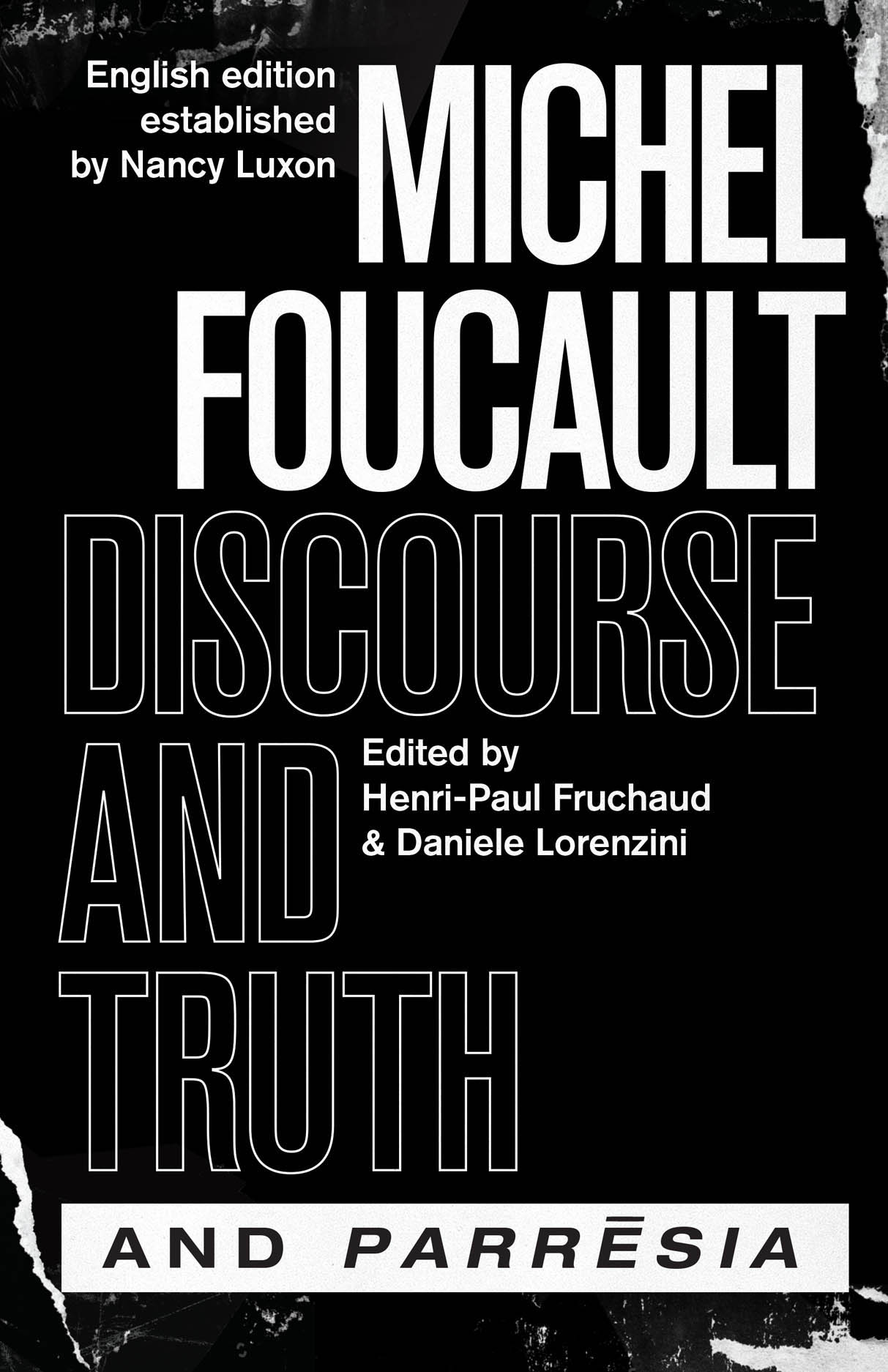 Transcendence and Film: Cinematic Encounters with the Real
Transcendence and Film: Cinematic Encounters with the Real
Lexington Books
2019
Hardback $90.00
178
Reviewed by: Antony Fredriksson (Centre for Ethics as Study in Human Value, University of Pardubice)
One starting point for a new approach within philosophical film-studies during the past decades can be found in Stephen Mulhall’s book On Film (2002). In contrast to the traditional approach within aesthetics, Mulhall regards cinema as an art form that carries a philosophical task by itself. Films are, in this sense, not considered as examples or raw material for philosophical scrutiny, rather they are understood as works of philosophy in the medium of the moving image. The book provoked a long debate concerning this question (can films be considered as philosophy by themselves) that ran, among other forums, on the pages of the journal Film Philosophy during the year 2003.
David P. Nichols’ (ed.) anthology Transcendence and Film continues with this approach. It is a book that deals with philosophical issues through a discussion between philosophers and works within cinema. Dylan Trigg exemplifies this by describing his relation to David Lynch’s Mulholland Drive (2001): “Lynch is not a director who makes films in lieu of a philosophical voice; rather, his philosophical voice is indistinguishable from that of his films, such that the task falls to philosophers to meet Lynch on his terms rather than vice versa” (16). This approach, in which a clear hierarchy between philosophers and theorists in relation to artists and their works of art is dissolved into a reciprocal dialogue, offers a vital perspective. At its best, Transcendence and Film brings out how pressing philosophical questions concerning subjectivity, the limits of experience, and the status of representation of reality in art can be dealt with in the audio-visual language of cinema.
The ten essays by John B. Brough, Allan Casebier, Herbert Golder, David P. Nichols, K. Malcolm Richards, Frédéric Seyler, Kevin L. Stoehr, Dylan Trigg, Joseph Westfall, and Jason M. Wirth, permit the films to do the philosophical work regarding some key-questions with phenomenology and aesthetics. Some of the key theoretical underpinnings for the book come from Karl Jaspers’ phenomenology of liminal experiences and questions concerning the role of transcendence. With cinema, transcendence can refer to several different phenomena. The strict emphasis of this book lies, however, in the way the aesthetics of film can allude to the ineffable, i.e., how a certain work can open up vistas that change our ways of relating to the everyday perceptual world; how film permits us to rediscover the world of perception which we are immersed in. The phenomenological approach stands out as a strength in the theoretical literature on film, since cinema is considered, at its best, to be a reflection of the dynamics of the structures of our consciousness. Then mentioned films are not required to provide rational philosophical arguments. Instead, the emphasis is on how this language that uses the building blocks of our perceptual world can reveal some ephemeral aspects of our cognitive and affective processes.
Regarding the ethos of “film as philosophy”, Dylan Trigg’s essay The Dream of Anxiety in David Lynch’s Mulholland Drive, stands out in this collection. Trigg shows how Mulholland Drive articulates sophisticated questions concerning the ontology of self. Lynch’s film portrays a particular borderline state between dreaming, sleeping and waking. The characters Diana and Camilla experience traumatic events that infiltrate their everyday waking life, blend into it and distort it. In this sense, their subjectivity becomes apparent as singularity. It is the projections of the own self that blend into perceived reality and thus, the nightmarish and unfamiliar experiences are also necessarily a part of the self (19). Trigg shows how the horror of Lynch’s film consists of the realization within the main character that “the very concept of personhood is itself a sad illusion” (18). Lynch’s film language reflects a philosophy of the dynamics of our consciousness that also stems from his own practice of transcendental meditation. The forte of film as a medium is that it is a visual language and is thus able to portray how dreams and memories break into and influence our direct perception. Trigg shows how Lynch is a master of this kind of portrayal of the dynamics of our psychology of perception. In the context of the essay, transcendence denotes a passageway between different levels of consciousness. Lynch investigates both in his meditational practice and in his films, these limits between dreaming and waking, bringing them into sight for the viewers and helping us to observe the processes that at times can entail both anxiety and bliss.
A completely different kind of aesthetics that, however, carry similar goals of disclosing a specific liminal territory within our perception is present in the cinema of Yasujirō Ozu. In his essay, Transcendence in Phenomenology and Film: Ozu’s Still Lives, Allan Casebier, who is considered by many as a predominant scholar for introducing the tradition of phenomenology to Anglo-American philosophy of film, scrutinizes the connection between the phenomenology of Karl Jaspers and the Zen Buddhist aesthetics of film director Yasujirō Ozu. According to Casebier, the cinema of Ozu strives to disclose the ineffable. Here we are already dealing with a particular philosophical tension, since; if something is ineffable, how can it then be expressed? The aesthetics of Ozu are designed to work around this tension by using the concept of shibui. Casebier writes: “Shibui’s ever hidden aspect creates a lingering attraction for more since the object is so fashioned that it reveals only enough of itself to impel one to seek additional qualities of what has been found pleasing but which are not readily perceivable” (93). In this way, transcendence in the films of Ozu is achieved through allusion and through the dialectics of the seen and the hidden. It is up to the viewer’s imagination to initiate the movement towards the transcendental. In contrast, Ozu’s role is merely to invite this imagination through his minimal and still language of film.
Casebier relates this ineffability to Jaspers’ concept of “cypher”, something that hints at a beyond without ever disclosing it. The transcendent cannot, in this sense, become an object for our knowledge. For Jaspers, it resides at the boarders of the knowable. The ineffable has an impact on our experience, but it can never be fully delineated. In this way, transcendent films guide us to the borders of our normal, habitual perception. It alludes to a beyond that is never fully grasped. Transcendental cinema is, in Paul Shrader’s words, like a catholic mass; a ritual that prepares us for experiences that are contradictory to the conventional (93).
Although Casebier is able to point out a philosophically interesting aspect in the aesthetics of Ozu, the essay still feels like it falls short. Casebier writes in quite general terms, without referring to specific films of the director. For me, it is evident that there is a more mundane explanation for the minimalism and emptiness in Ozu’s images. The subject matter that was central to Ozu is a certain alienation. The challenging predicament of modern life, in which social relations become problematic due to the fast pace of urbanization and the breaking up of traditional social structures is often portrayed as tensions and challenging encounters between generations. The emptiness in his films is not purely aesthetic, but also descriptive of the loss of connection between generations and within family life. In this sense, the emptiness is a reflection of the loss of the social connectedness of the characters. Ozu’s minimalism caters to an existential undertone that alludes to, not only aesthetics of shibui, but furthermore to moral shortcomings and the challenges of alienation between the characters in his films. Perhaps this moral theme would have required a separate essay on the cinema of Ozu. To simply make his empty and minimal images into an aesthetical matter is somewhat a limited interpretation of these devices.
One constant shortcoming in philosophical texts on film is that philosophers tend to fail at describing storylines, narratives and the aesthetics of a specific film in a manner that helps the reader grasp the viewing experience. David P. Nichols is one exception. In his rendition of Martin Scorsese´s Silence (2016) Nichols’ beautiful portrayal is engaging and perceptive in its analysis. Nichols reads Scorsese´s aesthetics through the lens of Merleau-Ponty’s notion of the silence that enables us to grasp the flesh of the world. This is a continuation of the theme of the ineffable in the book. According to Nichols film is not a mirror that shows us how we appear to be, instead it is “like a mirror that reverses our ordinary sensibilities about who we are and what surrounds us” (134). When film succeeds in transcendence, it is able to point beyond “our ordinary linguistic abilities” (121). Like Trigg, Nichols points at the sedimentation in human perception, silence is something that is hard to grasp in linguistics, but at the same time, it is a prerequisite for language. Silence provides our language with rhythm. This is immensely important for the language of film. Through editing, sound and camera work film contains its temporality and rhythm. Through Scorsese´s mastery of pacing and rhythm, the film becomes a reality of its own that carries a certain mood (stimmung in Heideggerian terms) that alludes to monastic experience. Through rhythm, something invisible (mood, quality of experience) can be portrayed in a visual language.
Kevin L, Stoehr’s essay Ciphers of Transcendence in 2001: A Space Odyssey brings forth the question concerning post-humanism. Kubrick’s film starts with the event of the invention of primitive technology as the ape in the opening scene starts to use a bone as a tool. The quick jump to space technology and interstellar travel alludes to an immense transformation within a lifeform. The question then becomes what the next stage in this evolution might entail. Will humanity, in relation to technology, transcend some of the very fundaments of what we call being human? The aspects that we take for granted – like our corporeal embodied orientation in the world and our sense perception – will they always be essential facts of our lived life? Stoehr refers to Hubert Dreyfus’ concept of “disembodied presence” which describes a form of life spent mostly in cyber space in which the embodied sensory experience is tied to a technologically created interface, and thus the natural orientation of our body in a corporeal world is exchanged for a world of representations.
Kubrick’s film describes this kind of displacement. The main character Bowman is completely dependent on the spaceship and the computer HAL that controls Bowman’s living environment. This sense of disconnection and alienation enables the film to pose philosophical questions. The rational design of technology has transcended the belief in a universe with a natural order created by God. In addition, as human life becomes more immersed in the technological design, the coordinates given by our natural embodied lifeform possibly lose, or change, their significance. Stoehr writes: “But the director also summons us to consider the possibilities of an experience in which the natural body – as the active filter of one’s individualized experiences and as the fixed point of orientation for one’s material existence – is no longer primary. This is especially the case when our technology has increasingly gained the capacity of delivering a more indirect world, one in which our five senses play a minimized and mostly passive role” (157-158).
The reading of Kubrick’s 2001 as a meditation on transcendence in the history of the meaning of the concept of the human brings nicely together film and existential philosophy. Kubrick is portrayed as posing open-ended questions concerning the future of our lifeform. He does this by using aesthetics that deliberately dislocate the viewer’s sense of time and space. Bowman travels in our solar system but also goes beyond our understanding of space-time into other dimensions. He encounters forms of higher intelligence whose intentions are not decipherable for our understanding. Stoehr uses Jaspers’ concept of “cipher” (one of the key concepts of the whole book) that alludes to the ineffable, in order to describe Kubrick’s allegories of a future that is still indescribable.
Among the more traditional themes of film-theory represented in the book are Frédéric Seyler’s essay Pointing toward Transcendence: When Film Becomes Art and Joseph Westfalls’ ASA NISI MASA: Kierkegaardian Repetition in Fellini’s 8 ½. Both authors address what can be called the first questions of film-theory: Is film a proper art form, and does it add a unique form of expression in comparison with the other arts? That is, can cinema help us grow as subjects – do films challenge us to reflect upon our relationship with the world or are they simply objects for our consumption that caters to our escapism? Leaning on Jaspers, Bergson, and the radical phenomenology of Michel Henry, Seyler pushes the point that certain films, like, for example, Louis Malle’s My Dinner with André (1981), can break free from the predominant mode of escapism of television and film. Film as art can help us grasp that which “escapes our ordinary attention” (83) and thus help us reach beyond our prejudices and even our desire for escapism.
Westfall drives the same point in his reading of Fellini’s 8 ½. He emphasizes the temporality that is essential for the performing arts, film, and music. The viewing experience unfolds in the present, but film also enables a play with temporalities of a future and a past. Thus, the world in film is not like the temporality of our lived life experience, as it in Cavell’s terms, uses the past recording of a scene, as material for the present viewing situation (110). This play with the building blocks of our consciousness enables the art form to tap into our perception and cognition. According to Westfall, this deliberate reorganization of temporality enables cinema to go beyond mere escapism and guide us in the processes of our consciousness.
In the essays mentioned above, there is a common thread regarding transcendence and film. By establishing, not a mirror image, but a counter-world to our common perceptual experience, cinema can help us attend to subtleties that we easily look past due to our ingrained conventions of perception. Similar claims have been made before, for example, by Malcolm Turvey in his book Doubting Vision (2008) in which he re-interprets the classical tradition of film-theory and work by Jean Epstein, Dziga Vertov, Béla Balázs and Siegfried Kracauer. All these attempts aim at liberating film-theory from the realist-idealist dialectics in order to show that film can be an art form and that it is able to refrain from falling into escapism.
Although the volume has its highlights – at their best, the essays demonstrate the transformational power that film can have on the subject – there are some shortcomings. The book reads more like a conference catalogue than a thoroughly edited anthology with an overarching aim. Even the better pieces are quite short, and as they introduce important philosophical themes, they still, in many cases, leave too much unsaid. Some of the less thorough work in the volume falls short due to extensive descriptions. K. Malcolm Richards essay on Cronenberg’s eXisntenZ (1999) poses the same kinds of questions as Stoehr’s piece on Kubrick, but the text is, to a large extent, just a rendition of the narrative in the film. The current and pressing question concerning how immersive technologies change our quality of experience deserves a more thorough and definitive treatment, and Cronenberg’s film has more to offer in this discussion than Richards’s essay can disclose. John B. Brough’s essay on Karl Theodore Dreyer’s La Passion de Jeanne d’Arc (1928) and Jason M. Wirth’s piece on Terrence Malick’s Badlands (1973) are weighed down by the same disproportion between extensive description of the film and brief analysis. Herbert Golder’s essay related to his collaborative work with Werner Herzog stands out for different reasons. It is in an anomaly in the collection since its focus is wide-ranging, stretching from classicist interpretation of Greek philosophy to biblical mythology to Karl Jaspers’ phenomenology. It is hard to find a focus in the text that would enable the reader to relate it to the general themes of the book.
These texts give further evidence to the interpretation that the book primarily is a collection of conference papers. Extensive editorial work and requirements of in-depth analysis would have made this book a more substantial companion to the discussion concerning the intrinsic philosophical qualities of cinema.
Bibliography
Mulhall, Stephen. 2002. On Film. London: Routledge.
Turvey, Malcolm. 2008. Doubting Vision – Film and the Revelationist Tradition. Oxford: Oxford University Press.







